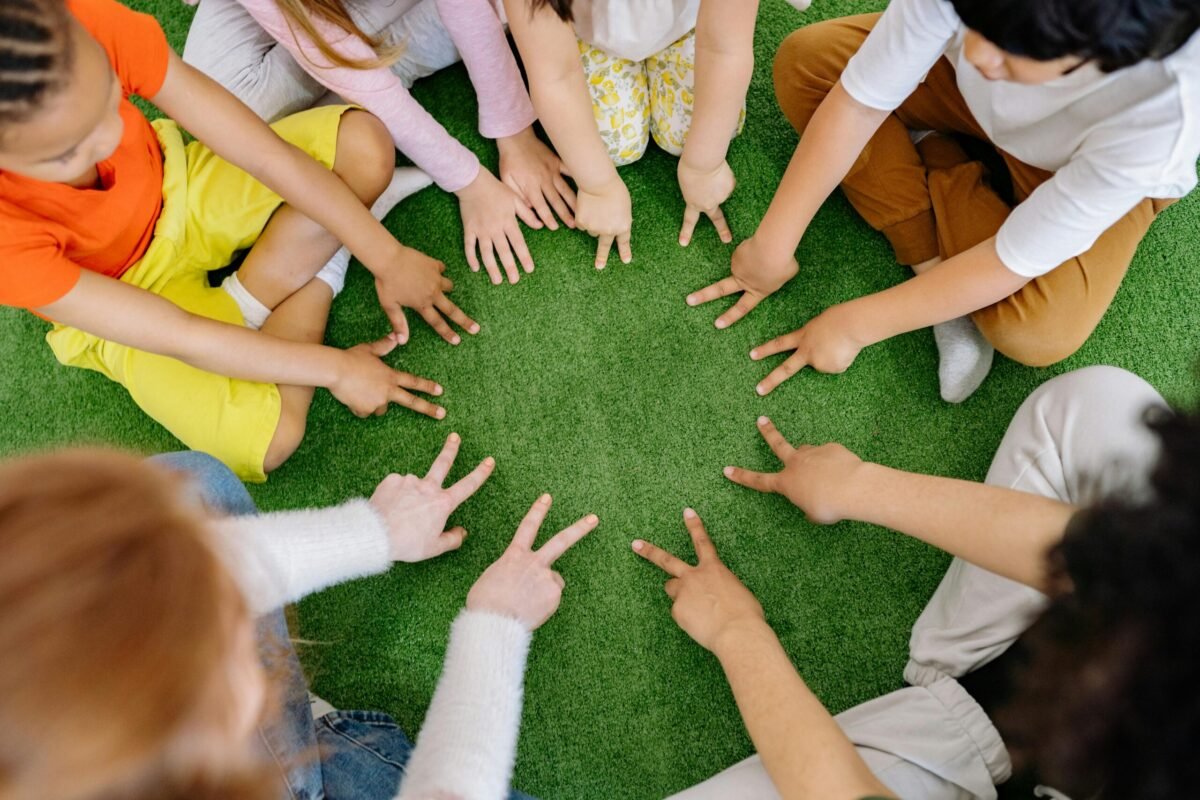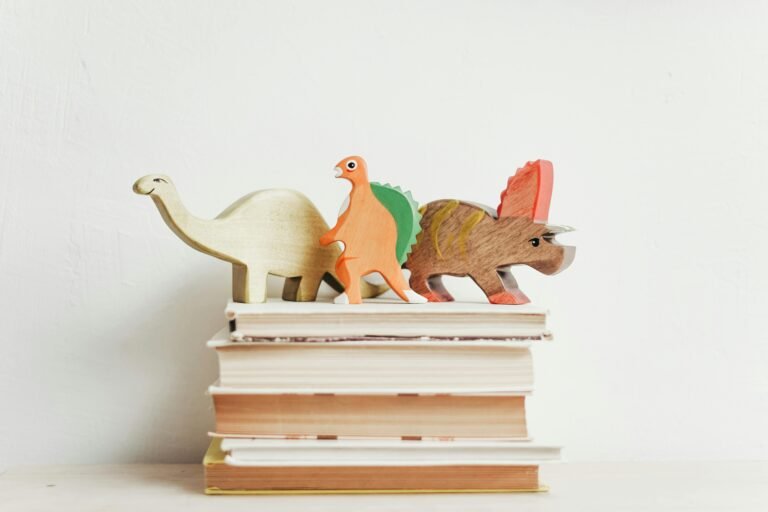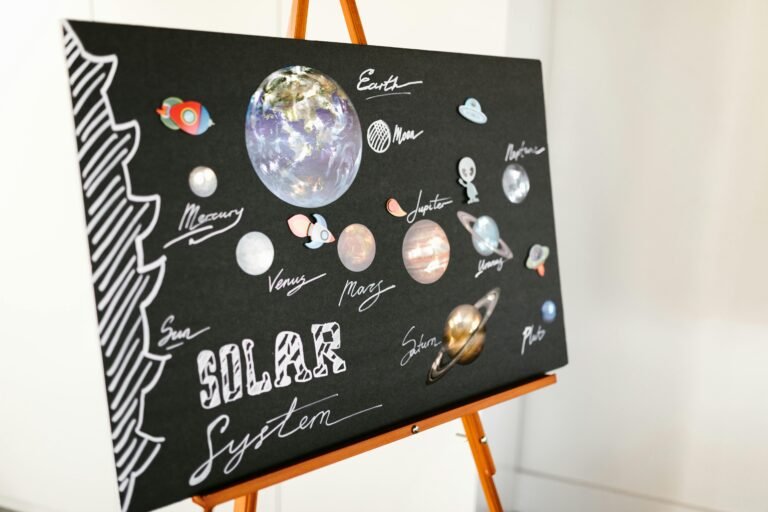Teaching kids via social-emotional learning (SEL) isn’t a “nice to have”, it’s a definitive must-have. Kids can have a hard time focusing, solving problems, or building healthy relationships until they understand what they’re feeling, how to express it, and how to respect others.
Whether you’re a school counselor, classroom teacher, or support staff member, the right resources can make Social-emotional learning (SEL) feel less like “one more thing” and more like something that actually works. These free and low-cost tools can help young learners explore emotions, set boundaries, navigate friendships, and practice empathy—all in ways that are age-appropriate and engaging.
Each site below includes:
Why it’s worth knowing
What it’s best for
A practical tip or feature to make it even more useful
Let’s build emotional literacy one conversation, one activity, and one friendship at a time.
List of Great Websites for Teaching Elementary School Students About Feelings, Boundaries, and Friendship
1. The Zones of Regulation
Why it’s worth knowing:
This framework helps students identify and name their emotional states using color-coded zones, great for visual learners and self-awareness.
Best for:
Teaching kids to recognize and regulate their emotions in real time.
Notes:
Use classroom visuals or a check-in board for students to identify their “zone” each morning.
2. Second Step SEL – Free Samples
Why it’s worth knowing:
Second Step is one of the most widely used social-emotional learning (SEL) curricula, and their sample lessons offer high-quality, age-aligned content that supports emotional and social growth.
Best for:
Scripted lessons on empathy, listening, conflict resolution, and impulse control.
Notes:
Use the “What Would You Do?” activities for small group discussions or class meetings.
3. We Do Listen Foundation – Howard B. Wigglebottom Books
Why it’s worth knowing:
This site offers animated read-alouds, songs, and printables based on the popular “Howard B. Wigglebottom” series about listening, feelings, and doing the right thing.
Best for:
Younger elementary students learning about respect, safety, and emotional expression.
Notes:
Pair a story with a follow-up drawing or journaling activity: “What did Howard learn?”
4. Smiling Mind
Why it’s worth knowing:
This free mindfulness platform offers guided meditations and emotional regulation exercises tailored for kids and classrooms.
Best for:
Teaching self-awareness, calm-down strategies, and focused attention.
Notes:
Use “Mindful Minutes” after recess or before tests to reset the tone in your classroom.
5. Committee for Children’s Hot Chocolate Talk Guide
Why it’s worth knowing:
This conversation guide helps adults talk to kids about personal safety, setting boundaries, and understanding consent in safe, age-appropriate ways.
Best for:
School counselors, nurses, or classroom teachers addressing body safety and personal boundaries.
Notes:
Use this in partnership with your school’s safety or health curriculum, there’s even a downloadable parent guide.
6. Everyday Speech – Free SEL Resources
Why it’s worth knowing:
This site offers videos, games, and visual supports designed for kids with social learning challenges, but they’re great for whole-class use too.
Best for:
Teaching kids how to join conversations, handle teasing, and build friendships.
Notes:
The video modeling is especially helpful for students who benefit from concrete examples.
7. PBS Kids – Arthur “You & Me” SEL Hub
Why it’s worth knowing:
This adorable collection of games and videos uses Arthur and friends to model empathy, fairness, and handling conflict.
Best for:
Early elementary students practicing kindness and inclusion.
Notes:
Use the games and stories to introduce new friendship skills or reinforce classroom expectations.
8. Centervention
Why it’s worth knowing:
Centervention offers game-based, interactive social-emotional learning (SEL) programs with a strong focus on emotional regulation and peer relationships.
Best for:
Tier 2 support, small group counseling, or RTI/MTSS interventions.
Notes:
Their free printables and worksheets (no login required) are great for individual or class-wide use.
9. The Imagine Neighborhood Podcast
Why it’s worth knowing:
This award-winning podcast teaches kids emotional intelligence through quirky characters, creative storytelling, and thought-provoking questions.
Best for:
Car rides, classroom listening centers, or morning meetings.
Notes:
Each episode includes a downloadable conversation guide, perfect for social-emotional learning (SEL) journals or morning meetings.
10. The Ripple Kindness Project
Why it’s worth knowing:
This site offers free kindness challenges, printables, and mini-lessons to build empathy and positive peer connections.
Best for:
School-wide initiatives, classroom community-building, or peer mentor programs.
Notes:
Try their 21-Day Kindness Challenge to start a new class tradition or bulletin board display.
Book Pairings to Support Social Emotional Learning (SEL) in the Classroom
Great stories make social-emotional learning (SEL) lessons stick. These thoughtfully chosen read-alouds spark discussion, build empathy, and help young learners connect emotionally to the skills they’re practicing.
The Rabbit Listened by Cori Doerrfeld
A gentle, heartfelt story about a young child processing big feelings with the quiet support of a caring listener.
Best for: Grades PreK–2 | Emotional Expression + EmpathyHow to use it: Read during a morning meeting or after a conflict. Invite students to role-play what it means to “just be there” for someone else.
My Mouth Is a Volcano! by Julia Cook
A humorous, relatable story that helps kids understand impulsivity and learn how to wait their turn to speak.
Best for: Grades K–3 | Self-Regulation + Listening SkillsHow to use it: Pair with a classroom strategy like “think time” or a talking stick. Let students make “mouth volcano” reminders as part of a calm-down kit.
A Little Spot of Anger by Diane Alber
Uses simple illustrations and clear language to explain what anger feels like—and how to manage it in healthy ways.
Best for: Grades K–2 | Managing Big EmotionsHow to use it: Read before introducing a “calm corner.” Ask students to brainstorm their own personal cool-down tools.
What If Everybody Did That? by Ellen Javernick
Highlights cause and effect by showing how everyday actions—good and bad—impact others and shape community norms.
Best for: Grades 1–3 | Social Responsibility + Classroom ExpectationsHow to use it: Read during the first week of school or before a reset on classroom rules. Have students write their own “What if…” pages about kind choices.
I Walk With Vanessa by Kerascoët
A wordless picture book that powerfully captures the impact of standing up for others and showing quiet courage.
Best for: Grades K–4 | Empathy + InclusionHow to use it: Use as a visual thinking routine. Ask students to narrate or sequence the story and discuss how small actions create ripple effects.
Speak Up by Miranda Paul
Encourages kids to use their voices for good—whether it’s asking for help, standing up for a friend, or sharing ideas.
Best for: Grades 1–4 | Advocacy + Self-ConfidenceHow to use it: Read before group work or class discussions. Let students write “Speak Up” moments from their lives or create posters for your classroom.<
In Closing
Feelings. Boundaries. Friendship. These aren’t just “soft skills”, they’re foundational for learning, growth, and lifelong well-being. With the right tools, we can help students develop emotional literacy, practice healthy communication, and become more caring members of their communities.
Whether you’re just getting started with social-emotional learning (SEL) or looking to refresh your toolbox, these resources make it easier to teach social skills in a way that sticks, and feels good for everyone involved.
Are you looking for more classroom-ready ideas like this one? Head back to our main resource hub to keep exploring resources for teachers.


 Why it’s worth knowing
Why it’s worth knowing






